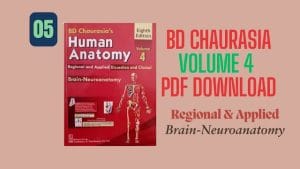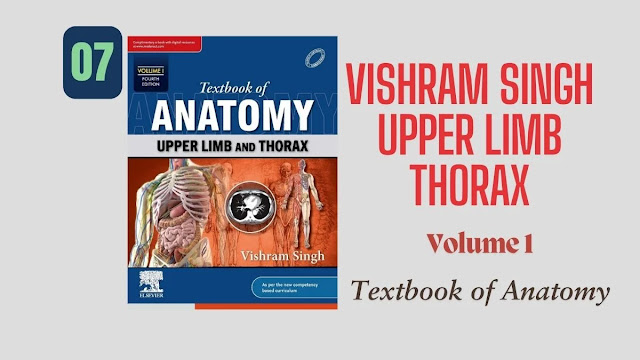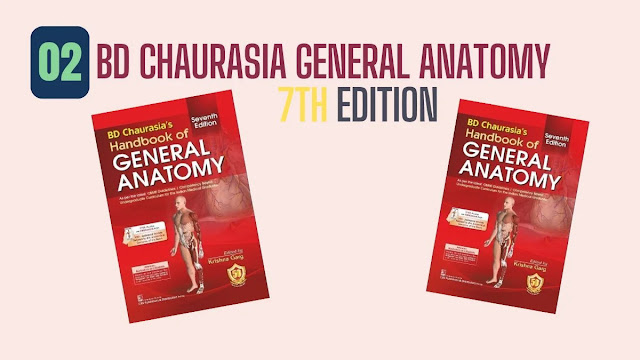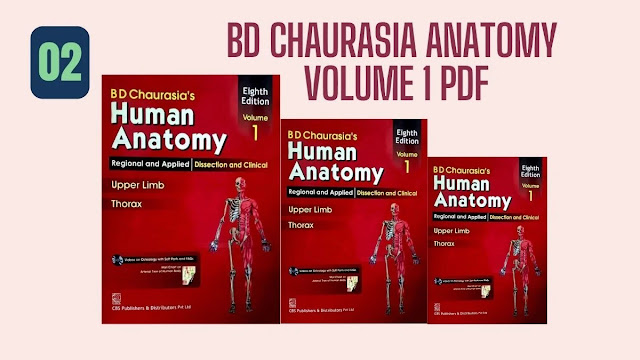BD Chaurasia’s Human Anatomy Volume 4 is a must-have for medical students. It explores the details of neuroanatomy, which focuses on the brain and nervous system. This volume dives deep into this complex system. It’s key for grasping human physiology and pathology. It is a cornerstone of human anatomy education.
The Skull and its Features: A Bony Fortress
The skull is a bony vault that protects the brain. It also gives attachment points for head and neck muscles. Many bones make up its structure.
The bones include:
- Frontal bone
- Occipital bone
- Zygomatic bone
- Parietal bones
- Ethmoid bone
- Hyoid bone
- Palatine bone
- Temporal bones
The body of sphenoid and body of maxilla are key components of the skull’s base. The process of maxilla contributes to the formation of the upper jaw. Openings such as the carotid canal, optic canal, mandibular canal, and pterygoid canal let nerves and vessels pass through. The fetal skull is very different from the adult skull. It’s important to understand the skull cap and how it develops. The cranial cavity houses the brain.
The Cranial Nerves: Messengers of the Brain
Twelve cranial nerves emerge from the brain, each with specific functions. The Olfactory nerve rootlets transmit smell information. The Facial nerve controls facial expression. The Maxillary and Mandibular nerves are branches of the trigeminal nerve. They supply feeling to the face and oral cavity. Nerves like the alveolar, infraorbital, ethmoidal, palatine, and zygomatic each serve specific areas.
The Spinal Cord and Spinal Nerves: The Communication Highway
The spinal cord, a long cylindrical structure, extends from the brainstem to the lumbar region. It serves as a conduit for information traveling to and from the brain. Spinal nerves emerge from the spinal cord, providing innervation to the body. The Medial surface of the spinal cord is a key anatomical landmark. The spinal cord is protected within the vertebral canal.
Meninges and Cerebrospinal Fluid: Protection and Nourishment
The brain and spinal cord are enveloped by protective membranes called meninges. The outermost layer, the dura mater, is tough and fibrous. Cerebrospinal fluid flows through the meninges. It cushions and nourishes nervous tissue.
Vasculature of the Brain: The Lifeline
The brain requires a constant supply of oxygen and nutrients. Blood vessels, including arteries and veins, form a complex network to deliver blood to the brain tissue.
Neck Anatomy related to Neuroanatomy: Connections and Pathways
The neck anatomy is closely related to neuroanatomy, as it contains pathways for nerves and vessels connecting the brain to the rest of the body.
Developmental Aspects of the Nervous System: From Embryo to Adult
The nervous system develops in a complex way. It starts during pregnancy and continues while the baby is still in the womb. Understanding these developmental stages is essential for recognizing and addressing neurological disorders.
Surface Anatomy and Features: Landmarks of the Skull
The skull’s upper surface, Superior surface, and INTERNAL SURFACE provide valuable anatomical landmarks. The nasal surface and concave surface are also important features.
The mandible has five important bony landmarks:
- Posterior border
- Medial border
- Superior border
- Lateral border
- Alveolar border
The medial wall, posterior wall, lateral walls, orbit wall, and nose wall are key bony structures.
Muscles Related to Neuroanatomy in PDF: Movement and Function
Skeletal muscles, like the oblique and pterygoid muscles, are linked to specific nerves. This shows the strong connection between muscles and the nervous system.
Joints Related to Neuroanatomy In PDF: Mobility and Stability
Joints like the temporomandibular joint and atlantoaxial joint allow for movement in the head and neck. These are synovial joints. Ligaments like the cruciate, lateral, transverse, and apical ligaments keep these joints stable.
Clinical Anatomy of the Brain and Nervous System: Bridging the Gap
Understanding the brain and nervous system is key for diagnosing and treating neurological issues.
Vessels Related to Neuroanatomy: Pathways of Supply
Palatine vessels and meningeal vessels supply specific areas in the head and neck. This includes the nervous system.
Nerves Related to Neuroanatomy: Communication Networks in Volume 4
Pharyngeal branch and auricular branch are examples of nerve branches that serve specific functions in the head and neck.
Other Relevant Structures: Building Blocks of the Nervous System
The cell body, the central part of a neuron, is a fundamental component of the nervous system.
Free Download BD Chaurasia Human Anatomy PDF Volume 4 Brain-Neuroanatomy Handbook For Medical Sciences Students
Anatomy PDF files and other downloadable resources are great for students. They provide extra study materials that can be very helpful.




